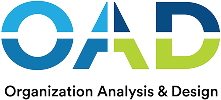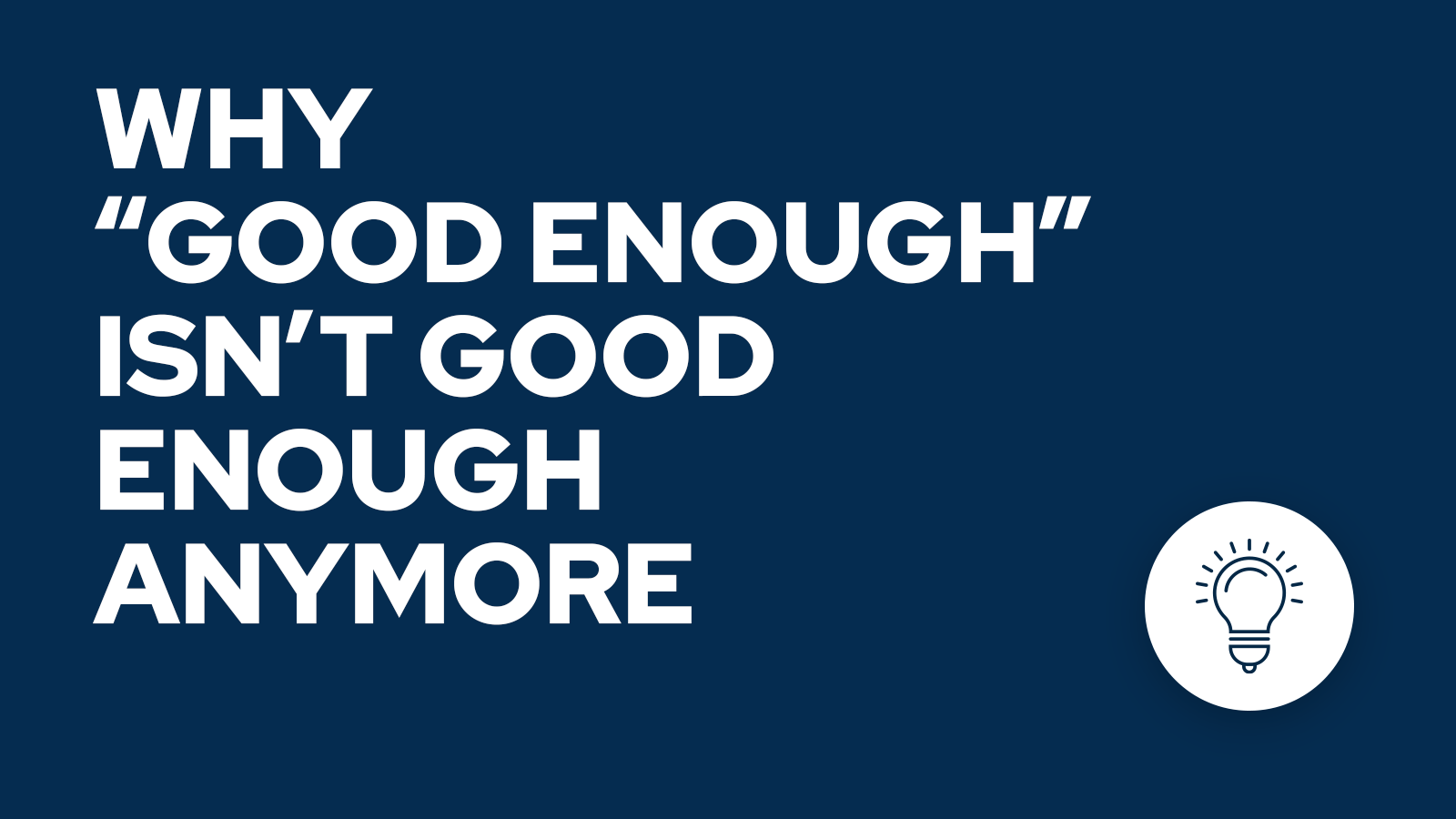Resumes don’t reveal how someone will behave under pressure or fit into your culture. This guide shows you how to assess true job fit—so you can hire smarter and build stronger teams from day one.
Table of Contents
- Why Getting Employee Fit Right Matters
- What Is an Employee Fit Assessment?
- Why Resumes and Interviews Aren’t Enough
- Understand the Candidate’s Work Style and Values
- Cultural Fit Is More Than a Buzzword
- How Fit Impacts Employee Development
- How OAD Makes Fit Assessments Easy and Actionable
- Alternatives: What If They’re Not a Fit for This Role?
- The Cost of Getting It Wrong (Again)
- Test OAD’s Fit Assessment Tools For Free
Why Getting Employee Fit Right Matters
A good hire can elevate your team. A bad one? It can quietly derail performance, morale, and momentum.
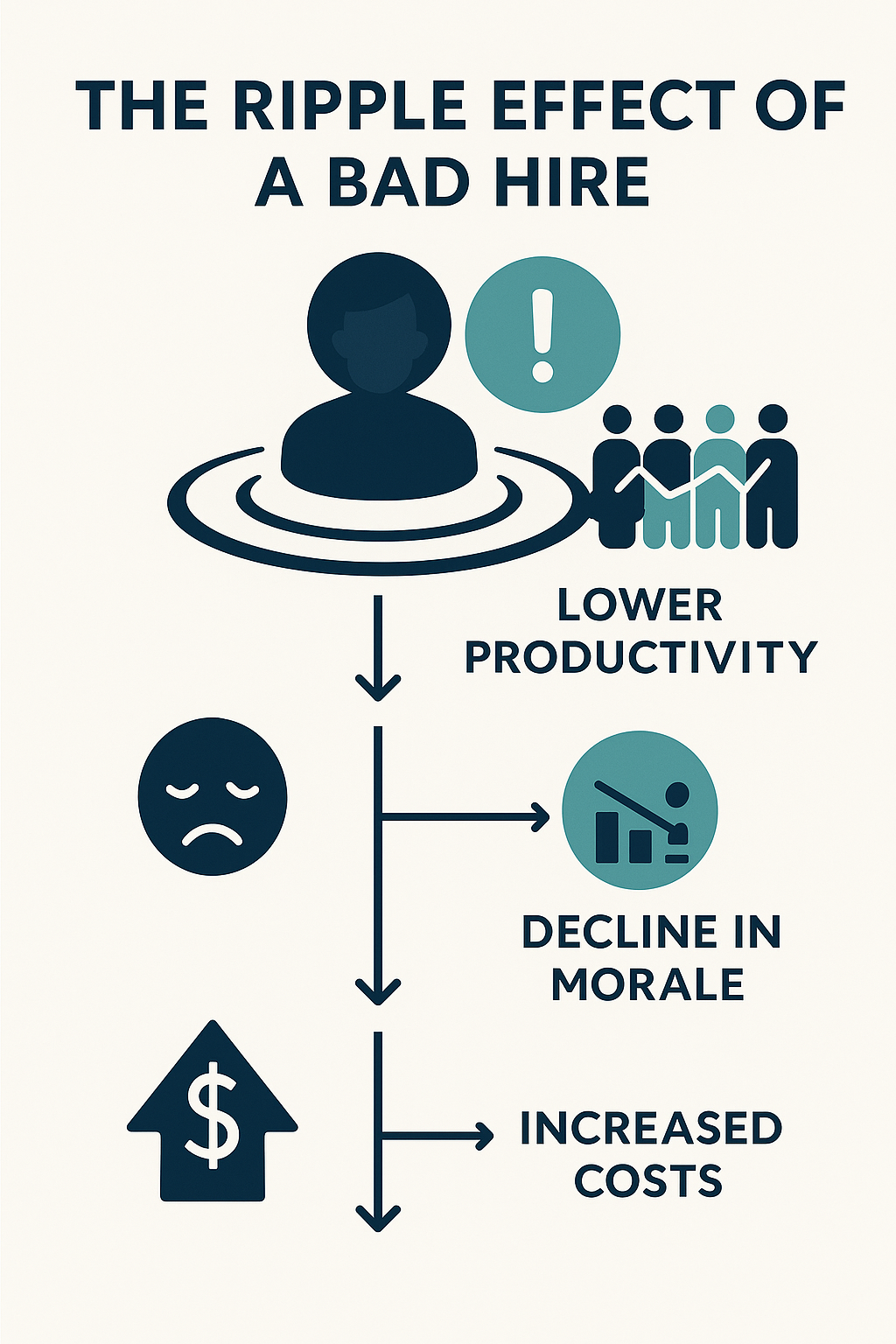
Too often, companies overlook how deeply employee fit impacts the organization’s success. It’s not just about whether a candidate can complete tasks. It’s about how they communicate, adapt to your workplace culture, respond to stress, and align with your organization’s values.
When these elements are ignored, even the most skilled candidate can become a costly mismatch.
The reality is that employee fit has significant benefits far beyond the onboarding phase. Employees who are aligned with the job role and your organizational culture tend to perform better, collaborate more effectively, and stay longer. They’re more engaged, more productive, and ultimately contribute more to the bottom line.
On the other hand, poor fit leads to frustration—for both the employee and the team. You’ll see signs like tension among coworkers, repeated miscommunications, and underperformance despite apparent qualifications. These red flags aren’t just annoying—they’re expensive.
That’s why modern hiring processes must delve deeper. They should factor in not just what a person can do, but how they do it, why they do it, and whether those qualities complement the dynamics of your team and company culture.
Understanding and prioritizing employee fit is no longer a “nice to have.” It’s a strategic approach that helps you build a productive workforce, reduce associated costs, and make smarter hiring decisions from the start.
What Is an Employee Fit Assessment?
An employee fit assessment goes beyond checking off boxes on a résumé. It’s a structured method to determine whether a candidate’s personality traits, behavioral patterns, and values align with your company’s job requirements, culture, and team dynamics.
Unlike traditional assessments that focus narrowly on skills or experience, a fit assessment gives hiring managers a more complete view of how someone will actually perform in the real-world work environment. It highlights how well the candidate is likely to collaborate, handle pressure, and engage with your workplace culture.
Think of it as a strategic filter—a way to evaluate how a candidate works, why they make decisions the way they do, and where they’re most likely to thrive. This kind of deep understanding helps you match people not just to a position, but to a mission.
The most effective fit assessments also evaluate cultural alignment. They help you understand whether a candidate’s values align with your organization’s values—something that’s equally important as skills or experience.
Used properly, fit assessments don’t replace your interview process—they enhance it. They give you valuable insights before you ever sit down with the candidate, saving time and significantly increasing your chances of making a good hire.
When implemented across your hiring process, these tools help create a more engaged, productive, and aligned workforce—one that supports long-term growth rather than short-term fixes.
The Hidden Factors Behind a Good Hire
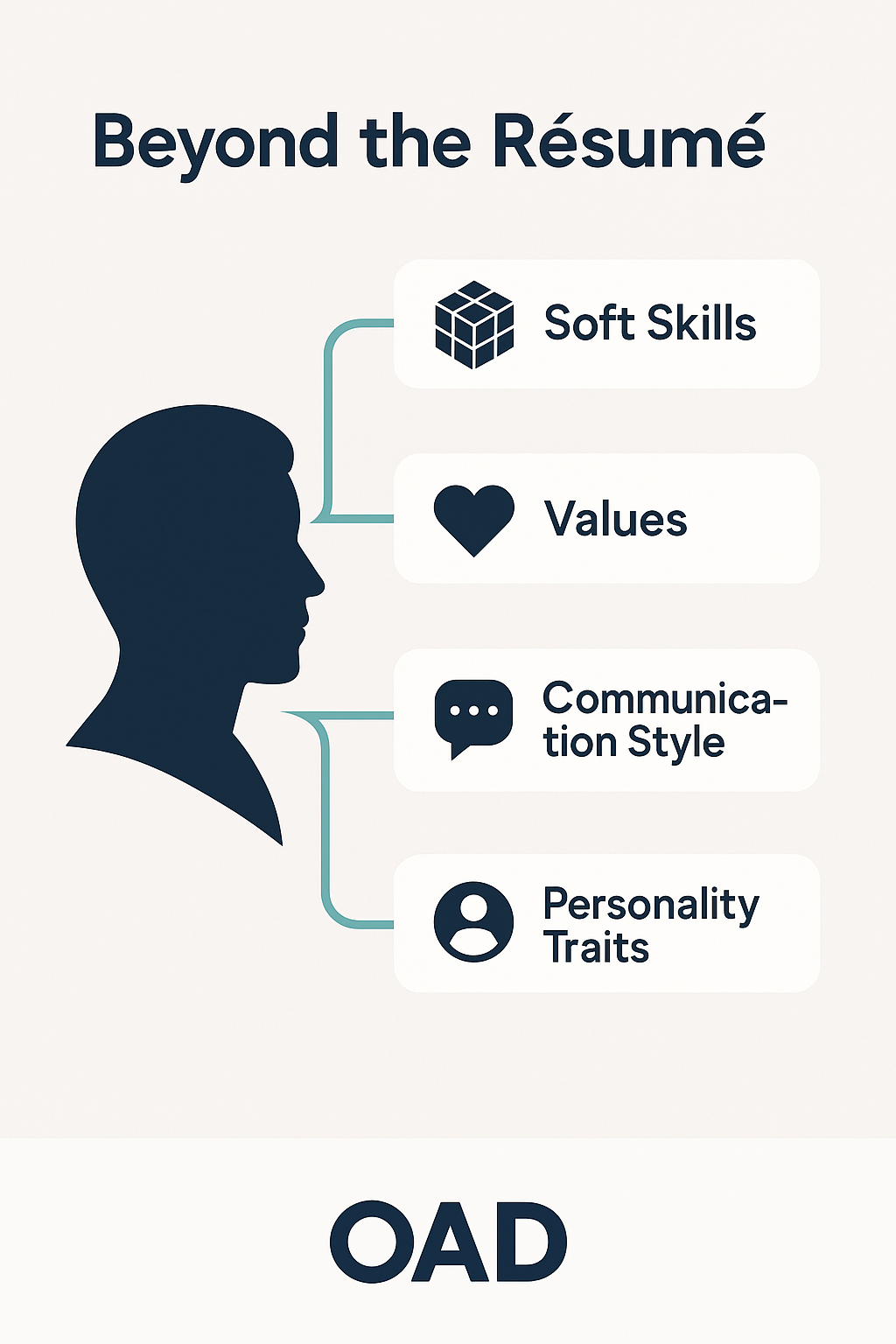
Resumes and references tell you what a candidate has done. But they don’t reveal who the person is—or whether they’ll succeed in your specific environment.
That’s where hidden factors come into play. These include a candidate’s behavioral traits, work preferences, communication style, emotional triggers, and personal values. When aligned with your company’s culture and the job’s demands, these traits can significantly impact performance and engagement.
Take communication style, for example. A candidate might be highly analytical and excel at independent problem-solving—but if the role requires cross-functional collaboration and fast team decision-making, that same trait might become a bottleneck.
Or consider work style. Some candidates thrive in structured, predictable environments. Others perform best in fast-paced, high-change conditions. Understanding these preferences helps ensure the person you hire won’t just survive the role—they’ll thrive in it.
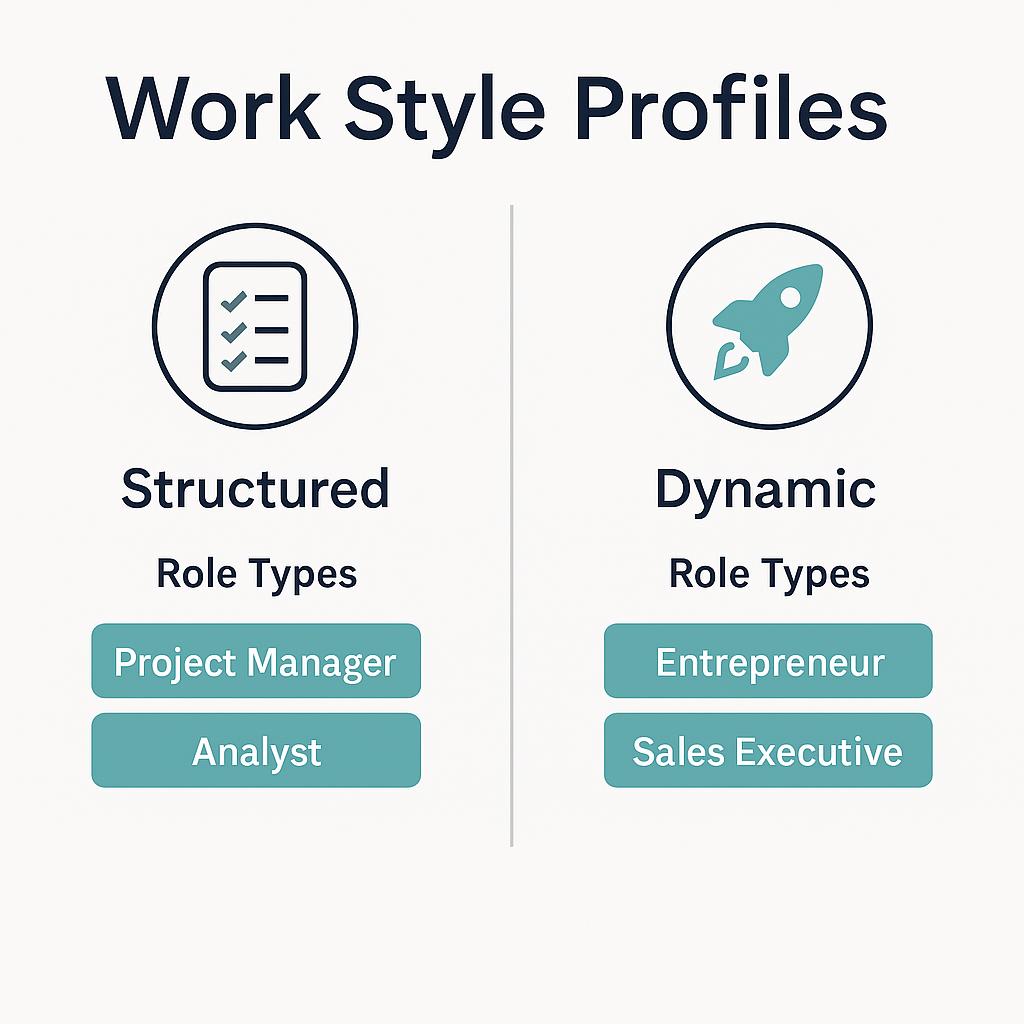
When you assess these deeper dimensions early in the hiring process, you can avoid costly mismatches and instead identify candidates who bring real synergy to your team. These hidden factors are often what differentiate a decent hire from a transformational one.
And the best part? They’re measurable. With tools like OAD’s employee fit assessment, you can capture these traits objectively—removing guesswork and bias from the equation.
Why Resumes and Interviews Aren’t Enough
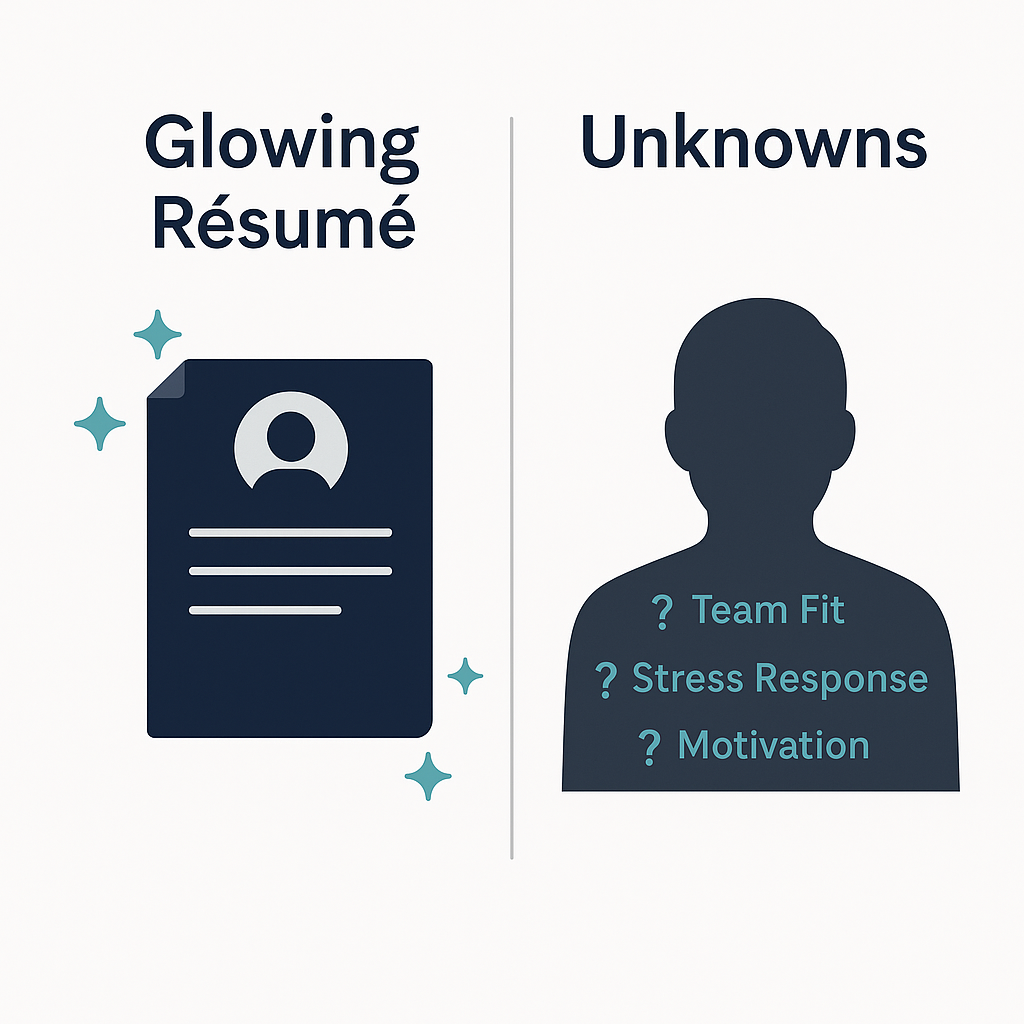
For decades, resumes and interviews have been the standard tools for evaluating candidates. But the truth is, they only scratch the surface.
Resumes are crafted to impress. They highlight achievements, polish experience, and leave out weaknesses. Interviews, meanwhile, are often influenced by unconscious bias, surface-level rapport, or rehearsed responses.
That’s not to say these tools are useless. But relying on them alone is a flawed hiring process—one that many organizations still depend on.
In a typical interview, candidates know what you want to hear. They anticipate standard questions like “What are your strengths?” or “Where do you see yourself in five years?” These queries rarely reveal how someone will behave in the real job environment.
Even seasoned hiring managers can be misled. Someone with a stellar résumé and a confident interview presence may still struggle with the role’s actual demands—whether that’s managing ambiguity, adapting to change, or navigating team dynamics.
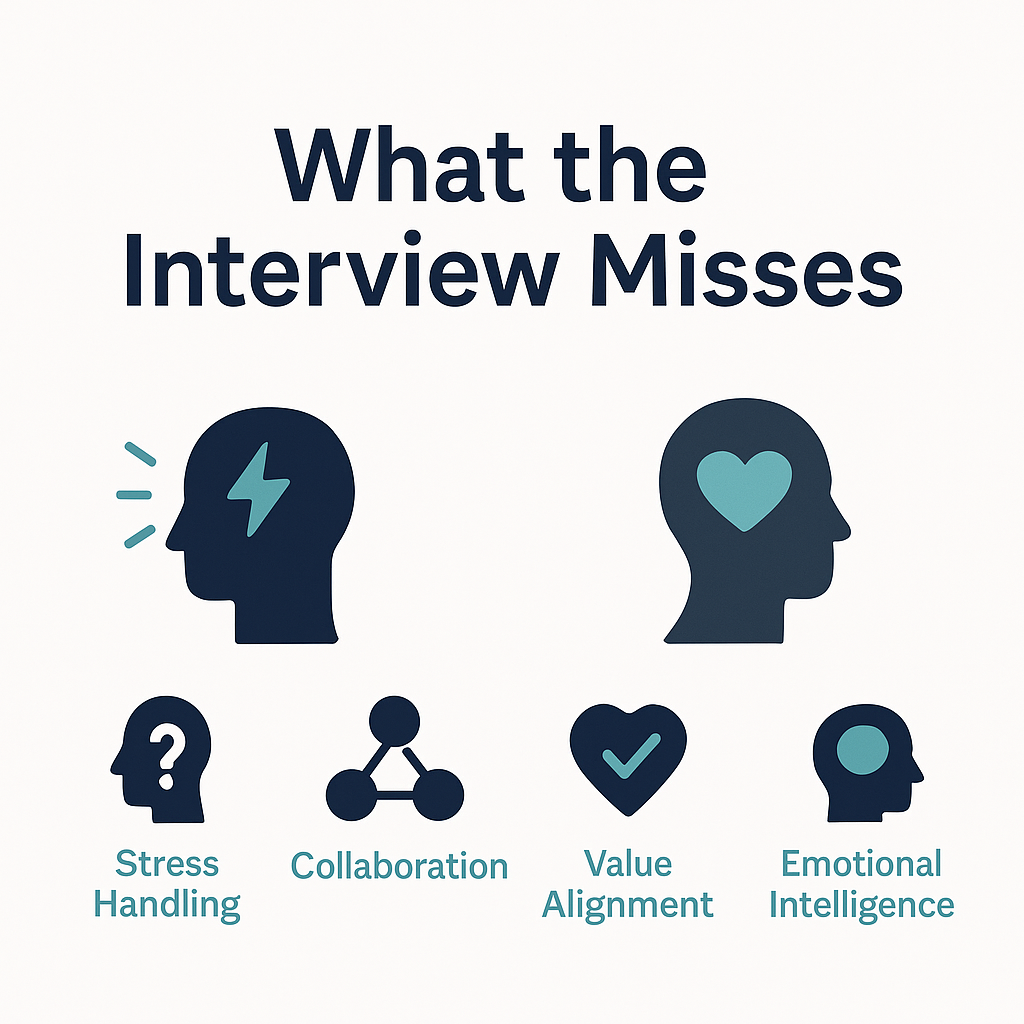
The most effective hiring decisions come from combining traditional methods with structured, science-backed assessments. By integrating personality tests, cultural fit assessments, and job fit data into your hiring process, you gain a more complete picture of the candidate—well before they ever set foot in the office.
It’s not about replacing interviews. It’s about enhancing them with data that allows you to delve deeper, avoid common pitfalls, and ultimately make smarter, more confident hires.
Leverage Pre-Employment Assessments for Job Fit Accuracy
Imagine hiring someone with great credentials—only to find out two months later that they crumble under pressure, clash with team members, or resist feedback. It’s a frustrating scenario… and one that’s avoidable.
That’s where pre-employment assessments come in.
These tools are designed to measure the behavioral traits, personality traits, and motivational drivers that impact real-world job performance. They help you answer critical questions:
- Will this person thrive in your team dynamic?
- How do they handle stress or conflict?
- Do their values align with your organization’s culture and expectations?
OAD’s employee fit assessment is a great example. It’s a two-page survey backed by decades of data and psychological validation. In just minutes, it delivers valuable insights about a candidate’s strengths, blind spots, communication style, and work tendencies.
Unlike skills tests that measure what a person knows, pre-employment assessments measure how they think, work, and relate to others. That makes them especially powerful for hiring managers looking to reduce bias and make decisions rooted in evidence—not instinct.
And they’re not just for screening out bad fits. These assessments can also highlight hidden potential or signal when a candidate might be a better match for an alternative role.
The result? Faster hiring cycles, fewer mismatches, and a stronger foundation for employee development from day one.
Match the Role, Not Just the Résumé
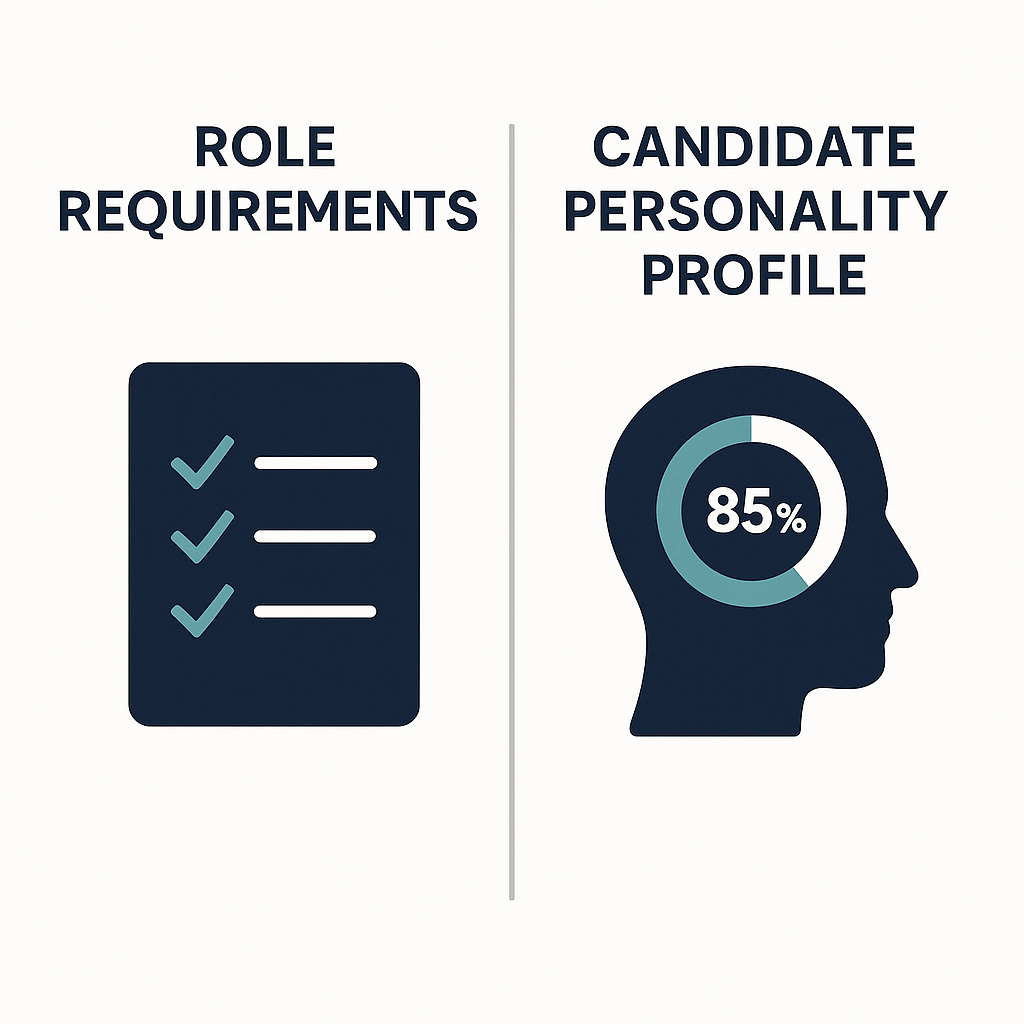
A polished résumé can open doors—but it won’t tell you whether someone is actually suited to your role in your work environment.
Many hiring decisions are based on past titles, technical skills, or charismatic interviews. But here’s the hard truth: just because someone succeeded in one role doesn’t mean they’ll thrive in another—especially if the job’s demands are different.
That’s where job fit assessments give you an edge.
By mapping a candidate’s behavioral profile against the role’s requirements, you can determine if they’ll actually enjoy and excel in the position. You’re not just hiring based on experience—you’re hiring based on alignment.
For example, if the role calls for high independence and self-direction, a candidate who prefers close supervision and routine tasks may become overwhelmed or disengaged—even if they have years of experience in the same industry.
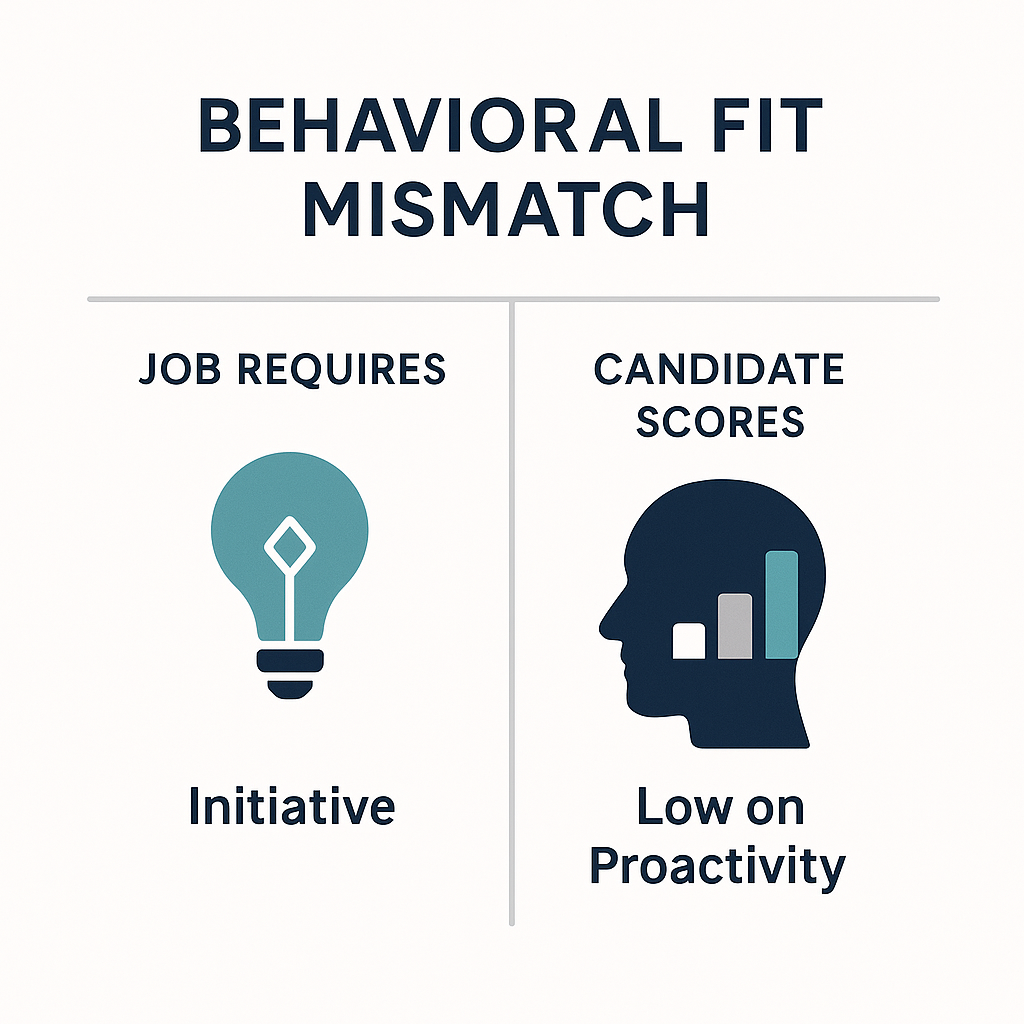
When you evaluate the job’s demands alongside the candidate’s personality traits and work style, you dramatically improve your chances of a strong cultural fit, high performance, and long-term retention.
This strategic approach reduces the risk of early turnover and ensures that each new hire is matched to a role where they can contribute meaningfully—and grow.
OAD’s assessments are built for exactly this kind of role alignment. They provide a clear, objective view of where someone will thrive, making it easier to place the right person in the right seat from the start.
Understand the Candidate’s Work Style and Values
Even the most skilled candidate can struggle if their working style and core values clash with your company’s environment.
A data-driven hiring process doesn’t just ask, “Can this person do the job?”—it asks, “How do they approach their work?” and “Why do they make the choices they make?”
Understanding a candidate’s work style means looking at how they prefer to communicate, make decisions, manage time, and interact with others. Some individuals thrive in collaborative environments with lots of feedback. Others prefer autonomy and minimal structure.
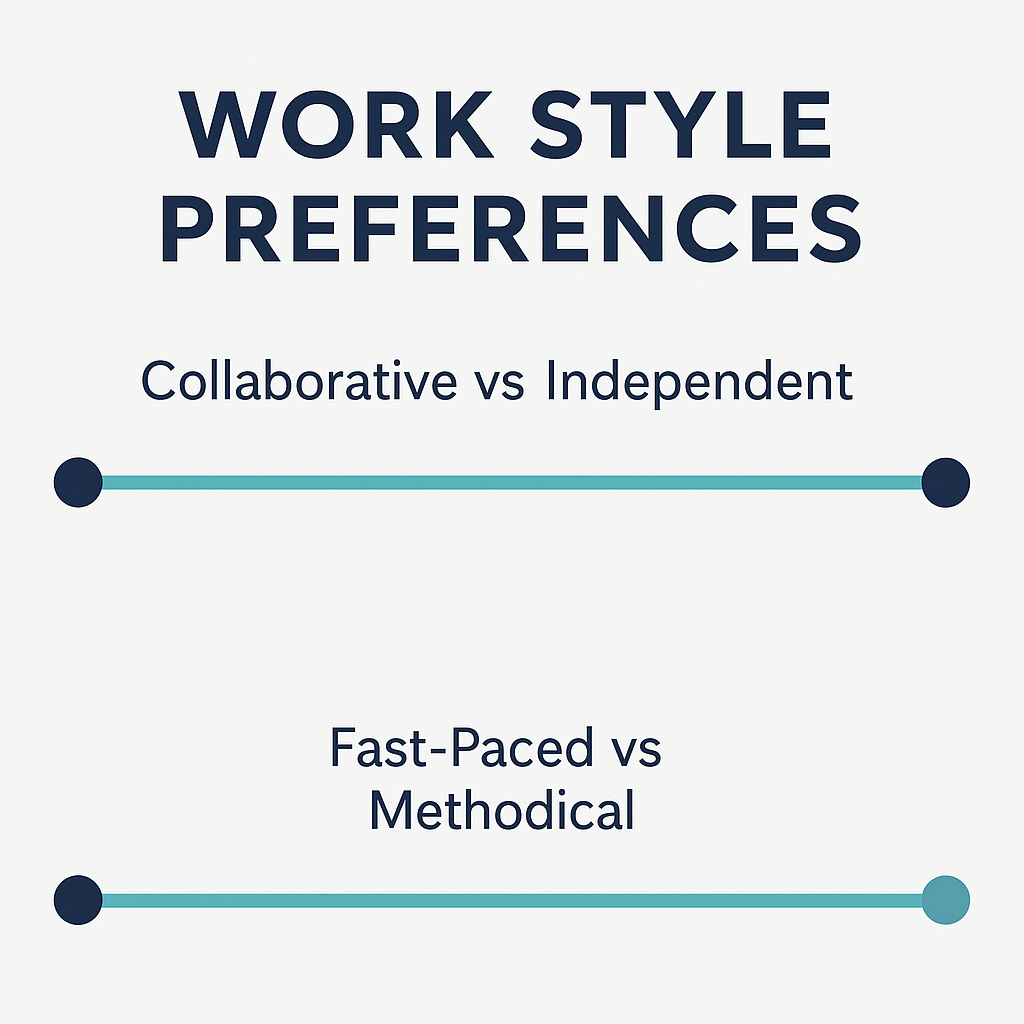
When work style aligns with the team and the role, productivity and satisfaction naturally increase. But when it clashes, even strong performers can become disengaged, misunderstood, or frustrated.
Just as important is identifying whether a candidate’s values align with your organization’s values. Are they driven by growth, innovation, and continuous improvement? Or are they looking for security, routine, and individual achievement? Neither is wrong—but each fits a different kind of role and culture.
OAD’s assessment tools reveal this level of insight early in the hiring process. You’ll know how a candidate prefers to work, what motivates them, and whether their internal compass points in the same direction as your organization.
That kind of clarity doesn’t just help you make better hires. It helps you build a team that works effectively, collaborates smoothly, and stays aligned on what matters most.
Predict Team Dynamics Before You Hire

Adding a new team member doesn’t just affect that role—it affects everyone around them.
Team dynamics are one of the most overlooked, yet most critical, elements of employee fit. A new hire who disrupts communication flow, slows decision-making, or introduces tension can quietly drain productivity—even if they’re technically qualified.
When hiring managers assess only the individual, they miss the bigger picture: How will this person affect the chemistry of the team they’re joining?
With behavioral assessments, you can compare the candidate’s working style, communication preferences, and conflict responses with those of existing employees. You’ll gain insight into potential friction points, synergy opportunities, and how the new hire might shift overall team balance.
For example, a team that thrives on high-speed execution might struggle to integrate someone who’s cautious and detail-oriented. Or a dominant, assertive team might clash with a soft-spoken collaborator unless you plan for how to balance the energy.
This isn’t about eliminating different personalities—it’s about understanding them. And using that knowledge to make smarter, more strategic hiring decisions.
OAD’s tools make it possible to forecast these dynamics with real data. Instead of hoping someone “fits in,” you’ll know in advance how they’re likely to contribute—and how to set them (and the team) up for success.
Cultural Fit Is More Than a Buzzword
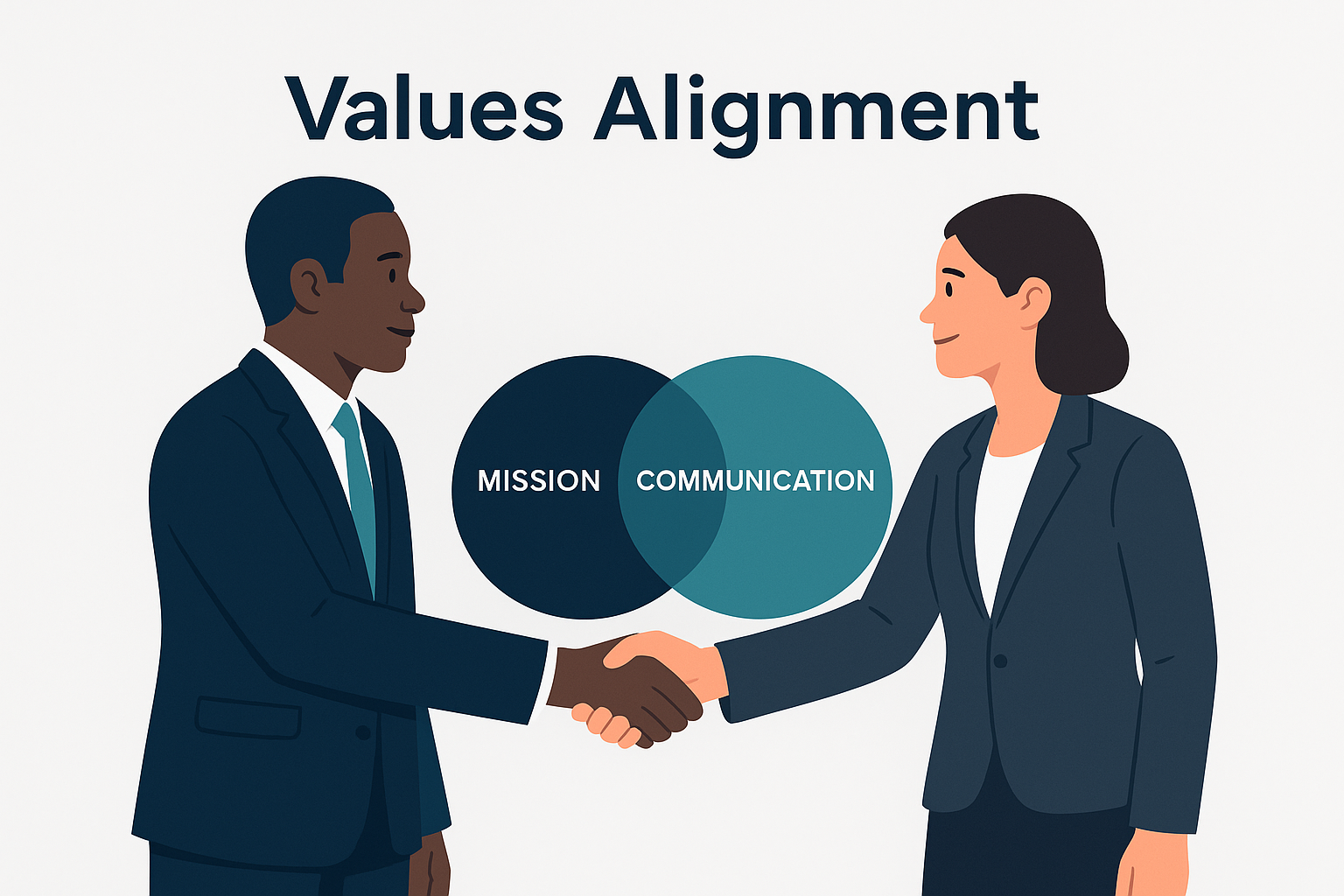
You can teach new skills. You can onboard tools and processes. But if someone’s values fundamentally clash with your company culture, no amount of training will fix it.
Cultural fit is often treated as a vague, feel-good idea—but in reality, it has measurable impact on retention, engagement, and performance. Employees who align with your organization’s culture tend to stay longer, contribute more, and fuel a healthier workplace environment.
That doesn’t mean hiring carbon copies. It means identifying people whose motivations, priorities, and behaviors are compatible with your mission, leadership style, and communication norms.
For example, if your organization prizes autonomy, initiative, and experimentation, a candidate who thrives in structured, rule-driven environments might feel overwhelmed—or worse, become a bottleneck. Similarly, someone who values collaboration and openness may struggle in a siloed, competitive culture.
Cultural fit assessments help reveal these misalignments before they become a problem. OAD’s assessment uncovers whether a candidate’s values align with your company’s deeper identity—not just what’s listed in your mission statement, but how your team actually operates.
When you hire with culture in mind, you’re not just filling a role. You’re strengthening the fabric of your company. And that’s what leads to long-term success—not just for the employee, but for the entire organization.
How Fit Impacts Employee Development
Hiring someone who fits well with the role and culture isn’t just about short-term success—it’s the foundation for long-term development.
When employees feel aligned with their role, team, and company values, they’re more likely to stay, grow, and evolve within the organization. That means greater ROI on every hire you make.
On the flip side, when there’s a misalignment—even a subtle one—employee development becomes an uphill battle. You may find yourself spending more time correcting behavior than cultivating potential.
The connection between job fit and professional growth is often underestimated. A good fit leads to:
- Higher engagement and motivation
- Faster learning curves
- Better feedback receptivity
- Greater internal mobility
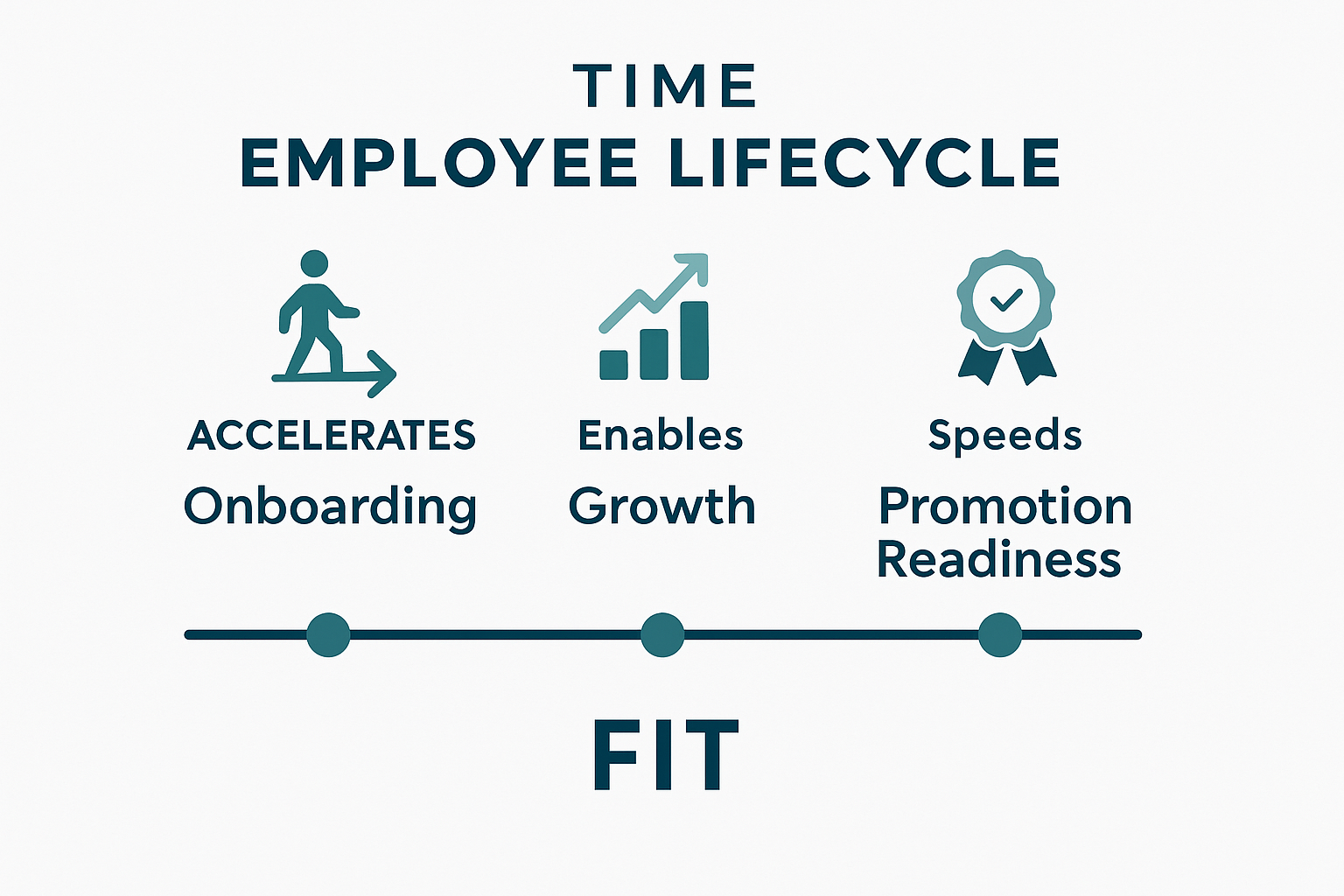
By using job fit assessments upfront, you’re not just improving hiring decisions. You’re also setting the stage for smoother onboarding, more tailored coaching, and a clearer path to leadership roles.
Tools like OAD help you identify not only if someone fits—but how they might grow. That makes development planning more precise and more impactful.
Ultimately, this kind of strategic approach doesn’t just build stronger individuals. It creates a workforce that can scale with your business, adapt to new challenges, and contribute meaningfully over time.
Ask Better Interview Questions to Reveal Fit

Even with powerful assessments, interviews still play a vital role in evaluating candidates. But only if you’re asking the right questions.
Most traditional interviews rely on generic prompts:
- “What are your strengths?”
- “Why should we hire you?”
These may check a few boxes, but they don’t help you understand how someone behaves in real-world scenarios—or whether they’re a true cultural and job fit.
That’s where behavioral questions come in.
Behavioral interviews are designed to delve deeper. Instead of hypotheticals, they ask candidates to reflect on past experiences that reveal their problem-solving style, interpersonal dynamics, and value system.
Some high-impact examples:
- “Tell me about a time you had to solve a problem without clear direction.”
- “Describe a conflict you had at work. How did you resolve it?”
- “What kind of work environment brings out your best performance—and why?”
Pair these questions with insights from pre-employment assessments, and you’ll gain a 360-degree view of the candidate: what they’ve done, how they do it, and how well they’ll adapt to your environment.
This approach ensures fairness, minimizes gut-driven hiring decisions, and leads to a more positive candidate experience—especially when candidates feel seen and evaluated beyond just their résumé.
OAD’s tools don’t replace interviews—they enhance them. Use the data as a foundation, then confirm and expand on it through structured, thoughtful questioning.
Create a Positive Candidate Experience

Hiring isn’t just about selecting the right person—it’s also about leaving the right impression.
In today’s market, candidates evaluate your company just as much as you evaluate them. And when they feel respected, understood, and fairly assessed, they’re more likely to accept offers—and speak positively about the process, even if they don’t get the job.
That’s why building a positive candidate experience is more than just good PR. It’s a strategic advantage.
How does employee fit assessment support this?
- Clarity – Candidates understand why they’re being evaluated a certain way.
- Fairness – Everyone goes through the same structured, bias-reducing process.
- Insight – They walk away knowing more about themselves, not just your job.
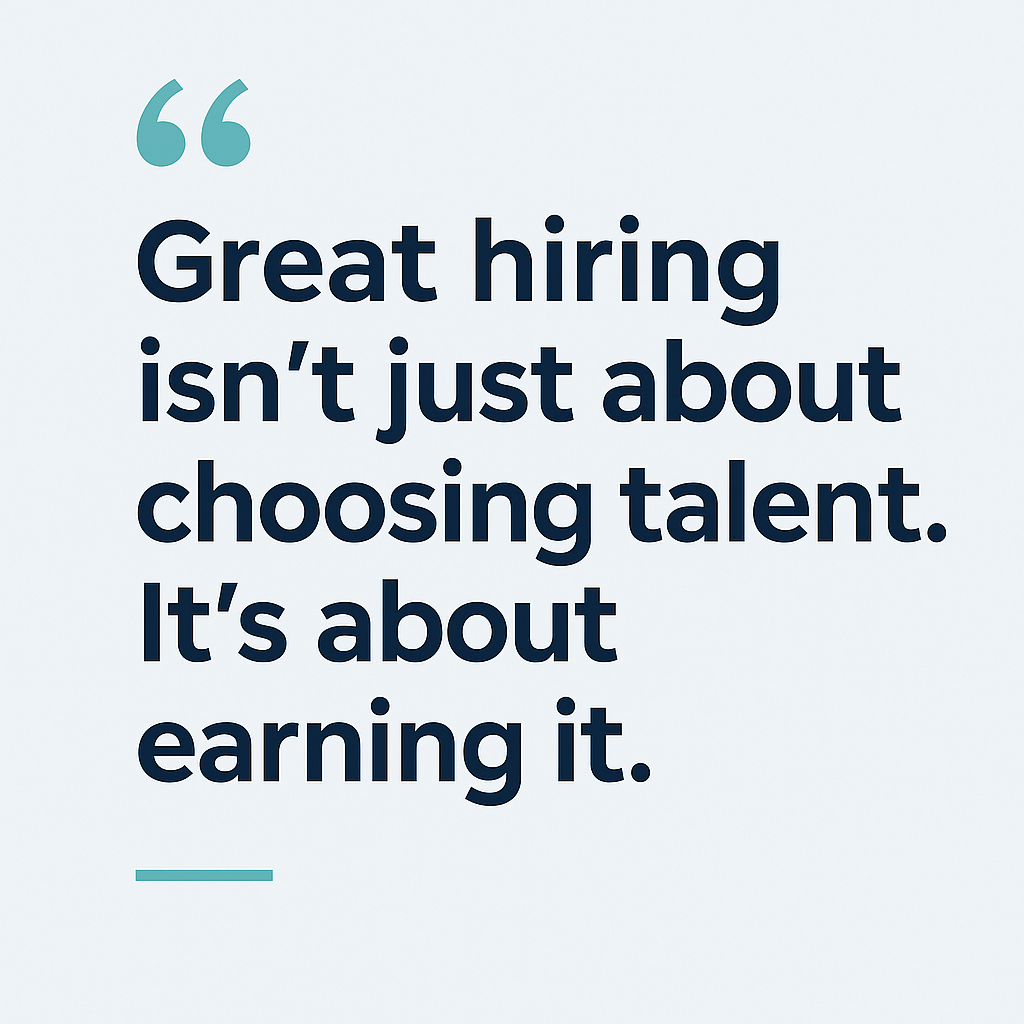
When assessments are integrated seamlessly into your hiring process, they enhance—not replace—the human connection. Candidates feel the process is thoughtful, intentional, and aligned with the role.
This also supports internal branding. A transparent, values-driven hiring journey signals what it’s like to work for your company—and helps attract people who are truly aligned.
With OAD, you’re not just improving outcomes. You’re improving experiences. And that leaves a lasting impact on both successful hires and future talent pools.
How OAD Makes Fit Assessments Easy and Actionable
You don’t need a 40-page report or weeks of training to assess employee fit. With OAD, you get science-backed clarity—in just two pages.
OAD’s employee fit assessment is built for speed and depth. The survey takes just a few minutes to complete, but the insights go far beyond basic personality tests or generic “team fit” tools.
You’ll get a crystal-clear view of:
- Personality traits that impact job performance
- Behavioral tendencies under pressure
- Communication and decision-making styles
- Fit scores for specific roles and environments
- Cultural alignment with your organization’s values
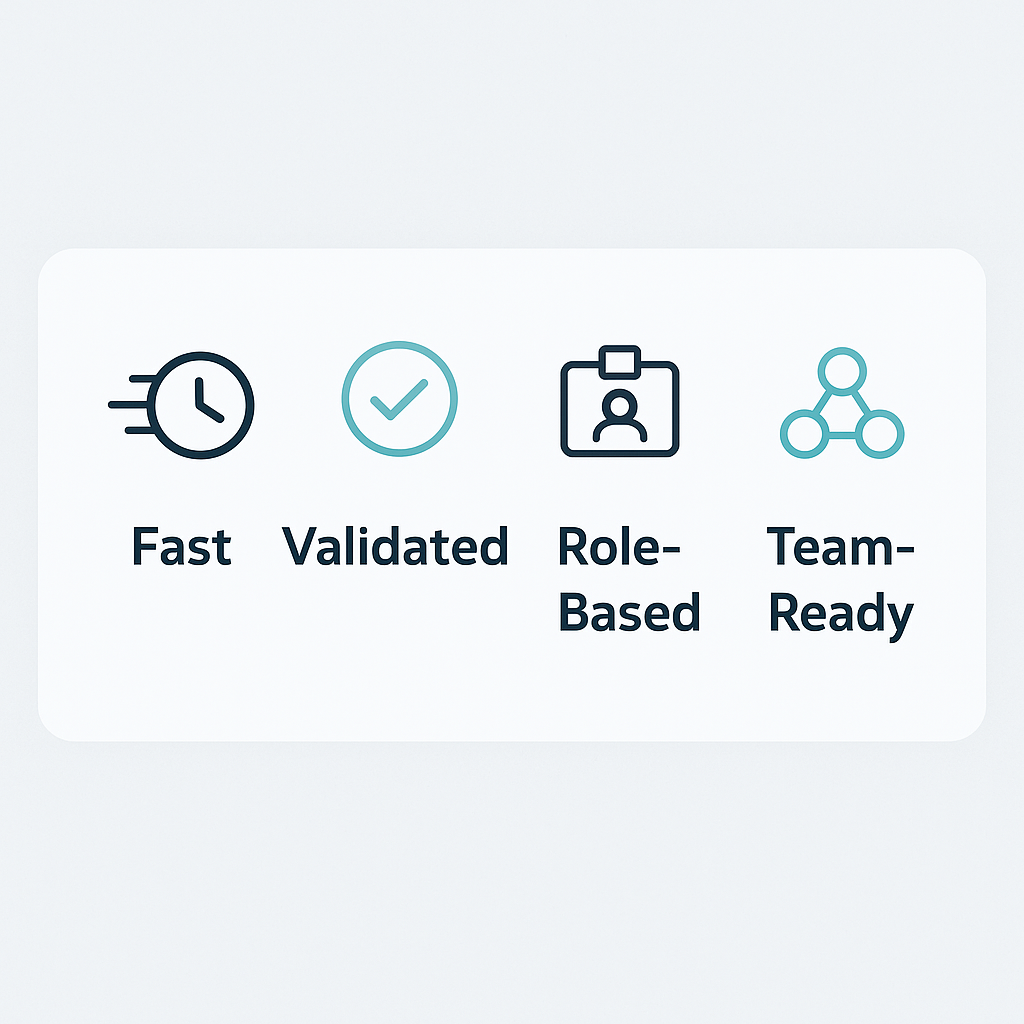
Hiring managers and HR professionals use these insights to make better decisions—faster. Whether you’re hiring at scale, building a new team, or replacing a critical role, OAD gives you an immediate edge.
But the real advantage? It’s not just the data—it’s the actionability. OAD’s reports are simple to interpret and designed for real-world application. You don’t need to be a psychologist to use them. You just need to care about hiring the right people.
Pair these assessments with structured interviews and internal benchmarks, and you’ll transform your hiring process into a strategic, predictive engine—one that drives performance, reduces turnover, and strengthens team cohesion.
And because it’s built to scale, OAD works just as well for fast-growing companies as it does for enterprise HR teams.
Real-World Use Case: Hiring a Data Analyst
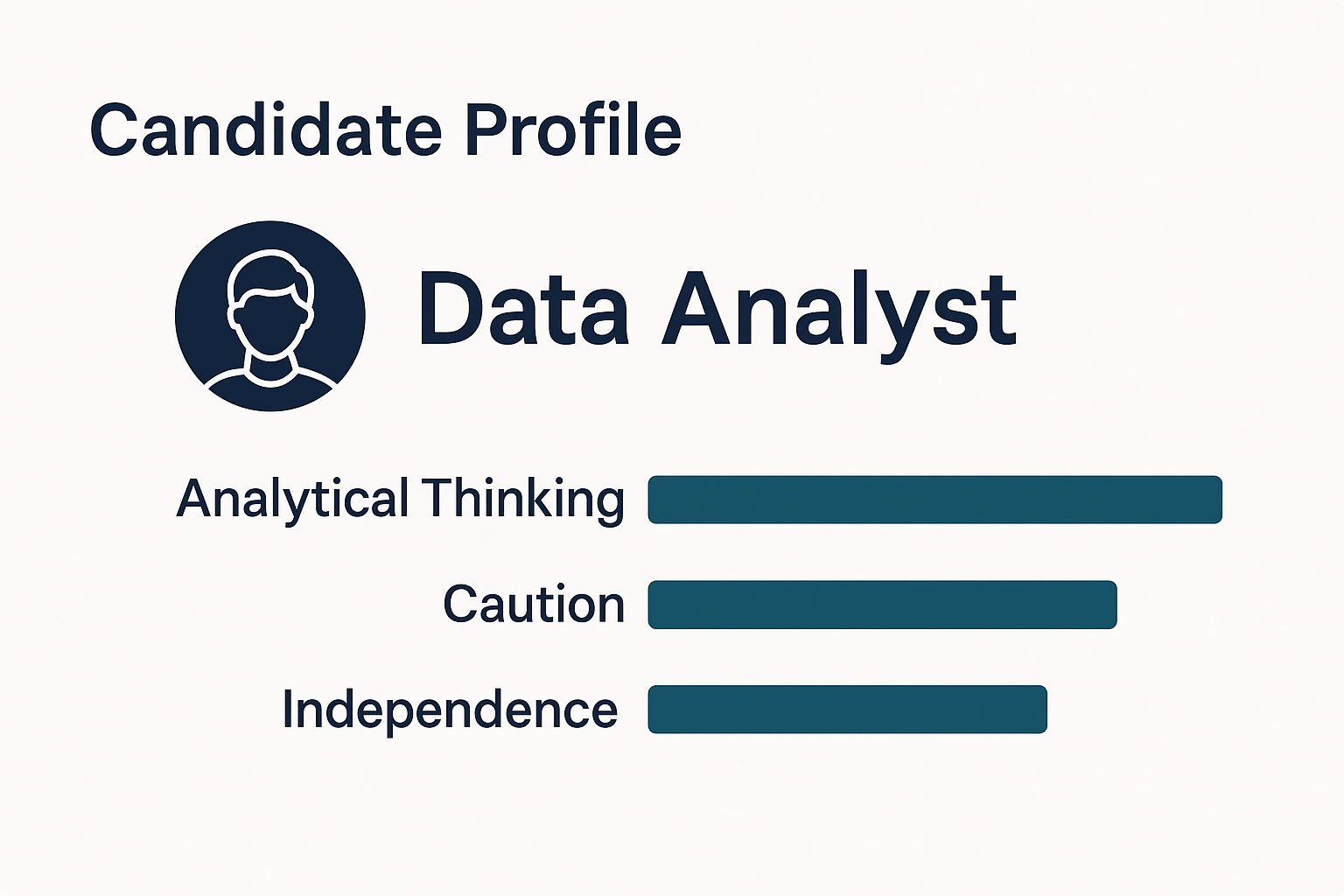
Let’s say you’re hiring a data analyst.
You’re looking for someone who’s detail-oriented, logical, comfortable working independently, and able to communicate insights to non-technical stakeholders. They’ll need to juggle large data sets, hit deadlines without micromanagement, and stay calm under pressure.
Now imagine two candidates with identical résumés.
- Candidate A thrives in fast-paced environments, takes initiative, but scores low on cautiousness and may rush analysis under deadlines.
- Candidate B is more deliberate, highly analytical, but prefers structured guidance and avoids high-stakes decisions without support.
Both are smart. Both are capable. But only one is the right fit for this role, on this team, in this organization.
Using OAD’s job fit assessment, you can predict which candidate aligns with the actual behavioral demands of the role—not just the technical qualifications. You’ll understand:
- How they prefer to work
- What motivates them
- How they respond to ambiguity
- Whether their decision-making style fits your current team dynamic
This reduces hiring risks and helps ensure the person you choose isn’t just qualified—they’re set up to succeed.
The result? Fewer surprises after onboarding. Smoother collaboration. And a stronger, more aligned hire from day one.
Alternatives: What If They’re Not a Fit for This Role?
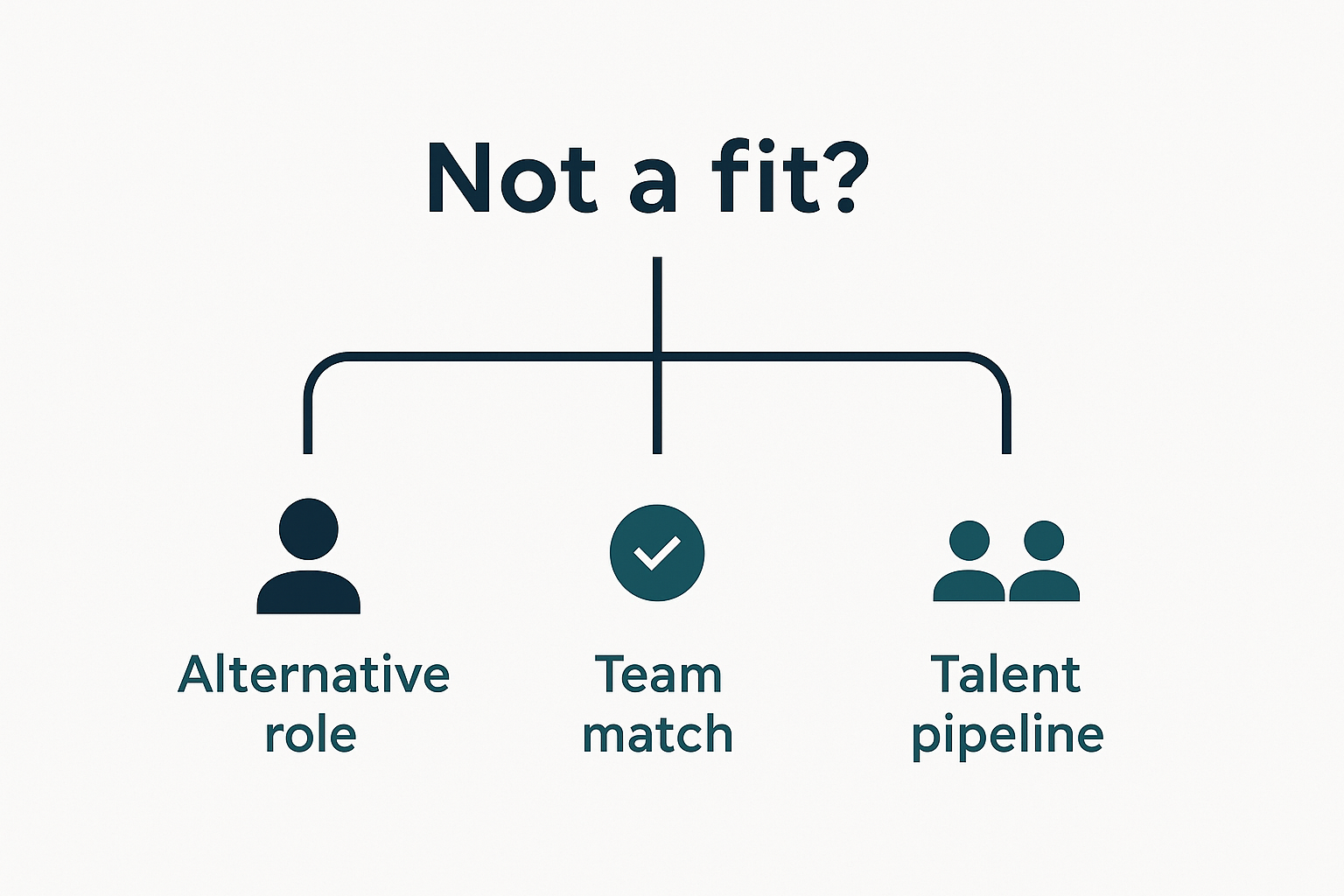
Not every strong candidate is the right fit for the role they applied for—and that’s okay.
One of the biggest mistakes many employers make is discarding great people just because they don’t align perfectly with a particular job. In reality, that “no” might be a “yes” for something else.
With the right data, you can identify where a candidate does fit—whether it’s a different team, an upcoming role, or a talent pool worth nurturing.
OAD’s employee fit assessments help uncover:
- Strengths that align with other roles
- Work styles that complement different teams
- Leadership potential worth developing internally
This approach doesn’t just reduce rejection fatigue—it strengthens your talent strategy. It shows candidates that you’re committed to long-term alignment, not just transactional hiring.
It also supports internal mobility. Some of your best hires might already be in the building—but misaligned with their current roles. Fit assessments can help realign internal talent and reduce turnover caused by role mismatch.
So instead of asking, “Should we hire this person?”—you begin asking, “Where can this person thrive?”
And that simple shift can save you thousands in recruiting costs and open up entirely new paths for growth.
The Cost of Getting It Wrong (Again)
Bad hires aren’t just frustrating—they’re expensive.
Whether it’s an employee who leaves after three months or one who lingers but underperforms, the associated costs add up fast. We’re talking recruitment, onboarding, training, lost productivity, morale damage, and sometimes even lost clients.
The numbers vary by industry, but studies estimate the cost of a bad hire can range from 30% to 150% of the employee’s annual salary—especially in leadership or client-facing roles.
And it’s not always dramatic. Sometimes it’s subtle:
- A team starts avoiding a colleague.
- Project timelines begin slipping.
- Managers spend more time correcting than coaching.
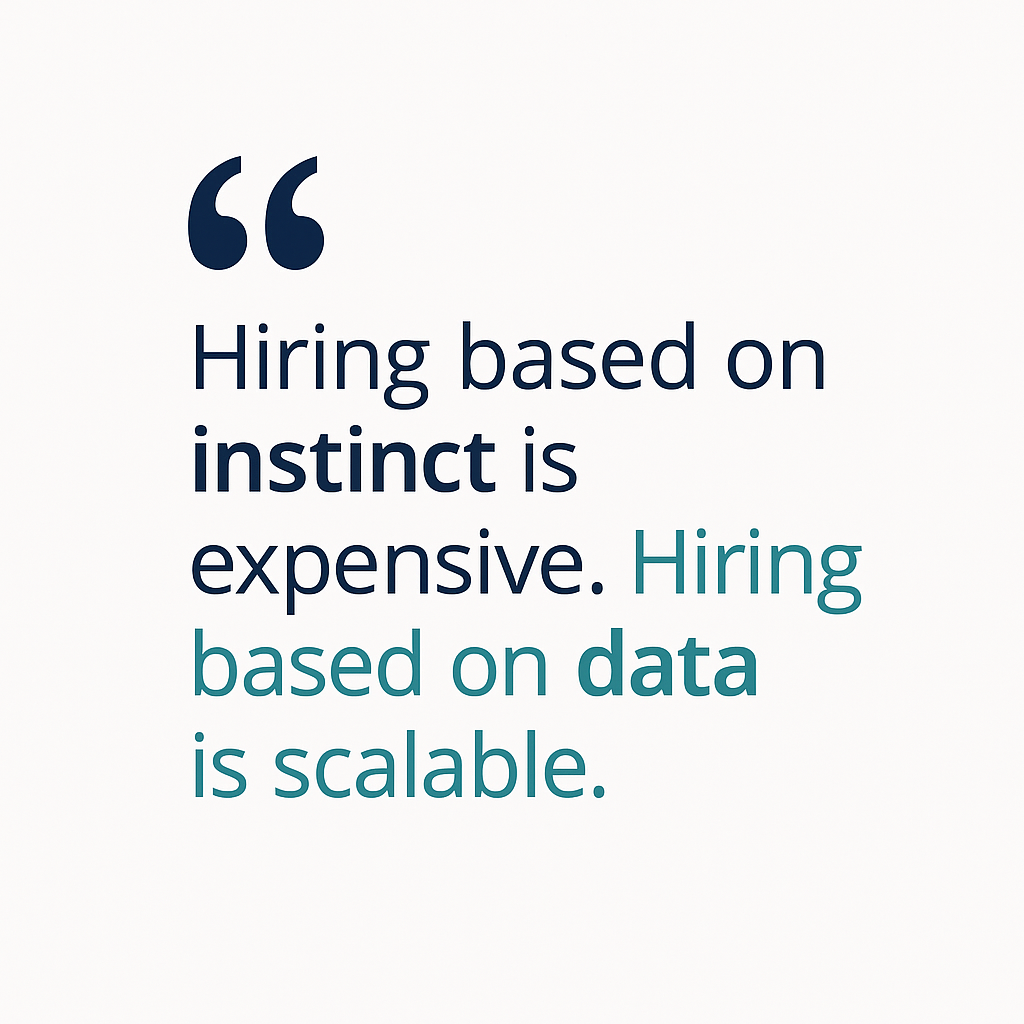
Each misaligned hire pulls focus away from growth and toward damage control.
The solution isn’t hiring slower. It’s hiring smarter. Using employee fit assessments early in the process means you’re not just betting on potential—you’re investing in predictable performance.
And over time, the cumulative effect is powerful: stronger teams, lower turnover, and more confident hiring managers who can trust the process—not just their gut.
Test OAD’s Fit Assessment Tools For Free
If you’re still relying on resumes, interviews, and a bit of instinct to make your hiring decisions—you’re leaving too much to chance.
With OAD’s scientifically validated tools, you can take a strategic, data-driven approach to every hire. Whether you’re growing fast, restructuring a team, or just tired of turnover, the right fit makes all the difference.
Book your free demo today and see how OAD helps HR professionals and hiring managers like you:
- Reduce costly turnover
- Improve cultural and role alignment
- Build stronger, more productive teams
Start hiring with confidence—and stop guessing who’s right for the role.
